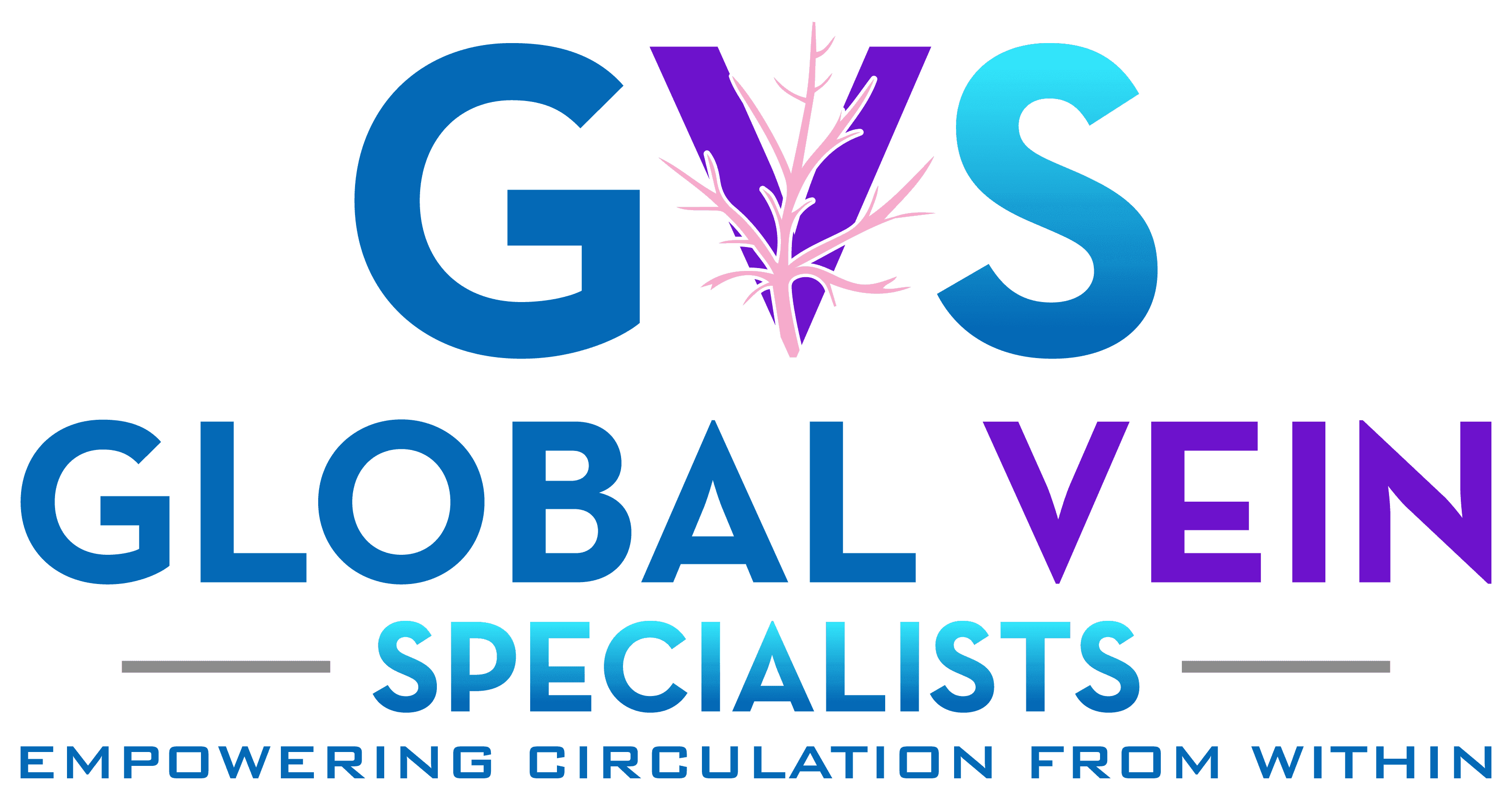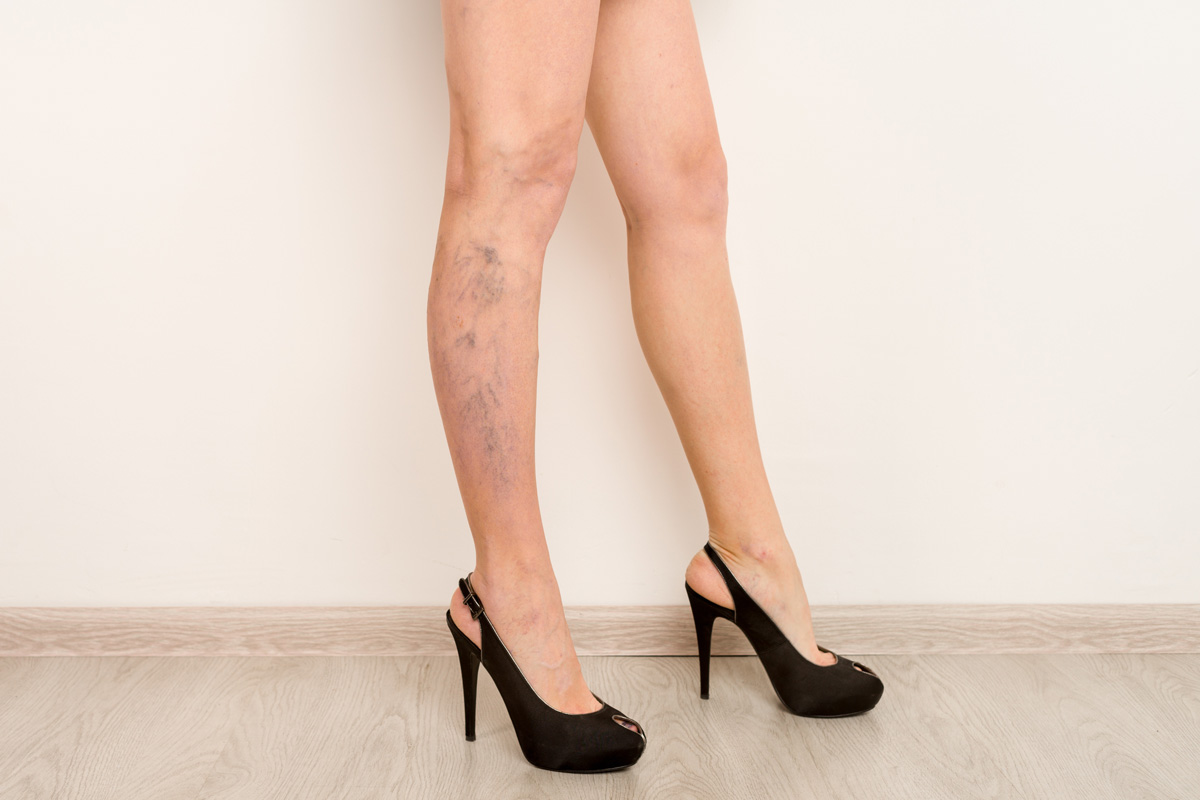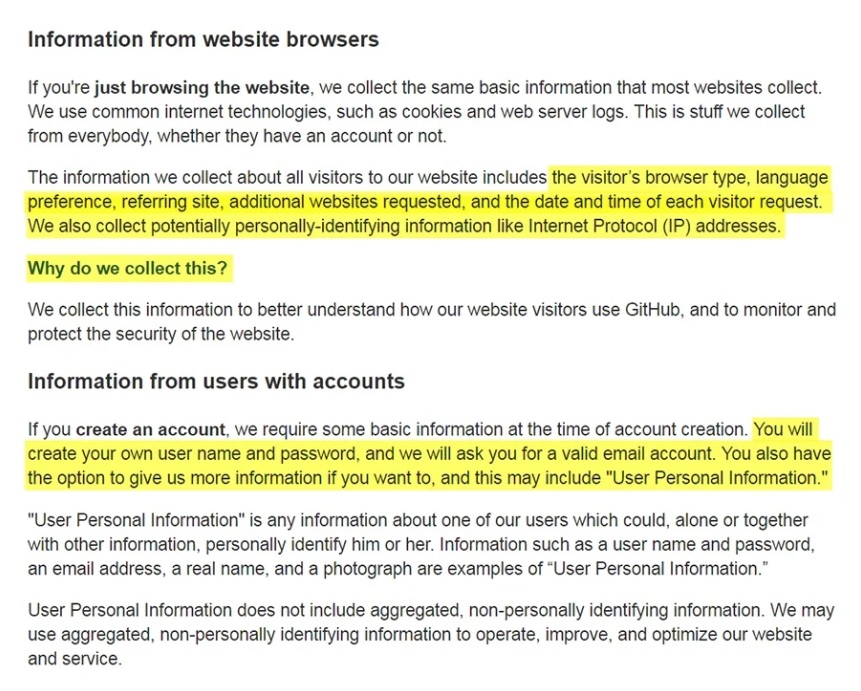Varicose veins are enlarged, twisted veins that most commonly occur in the legs and feet. They develop when the valves in the veins, which help regulate blood flow, become weakened or damaged. This leads to poor blood flow and the pooling of blood in the veins, causing them to enlarge and become more visible. Here are some key points about varicose veins:
Causes
- Valve Malfunction: Veins have one-way valves that prevent blood from flowing backward. When these valves fail, blood can pool in the vein, causing it to enlarge.
- Age: As people age, veins can lose elasticity and the valves may weaken.
- Pregnancy: Increased blood volume and hormonal changes during pregnancy can contribute to varicose veins.
- Obesity: Extra weight puts additional pressure on veins.
- Standing or Sitting for Long Periods: Being in the same position for extended periods can decrease blood flow.
Symptoms
- Visible, Twisted Veins: Often blue or dark purple, appearing just under the skin.
- Aching or Heavy Feeling: Legs may feel heavy or achy, particularly after standing or sitting for long periods.
- Swelling: Legs, ankles, or feet may swell.
- Itching or Irritation: Skin around the varicose veins can itch or become irritated.
- Cramps or Restlessness: Legs may cramp or feel restless, especially at night.
Risk Factors
- Gender: Women are more likely to develop varicose veins due to hormonal changes.
- Family History: If other family members have varicose veins, the risk is higher.
- Lifestyle: Lack of physical activity can contribute to the development of varicose veins.
- Occupation: Jobs requiring long periods of standing or sitting can increase risk.
Complications
Though usually not serious, varicose veins can sometimes lead to:
- Ulcers: Painful ulcers may form on the skin near varicose veins.
- Blood Clots: Superficial thrombophlebitis (a blood clot in a vein just under the skin) can occur.
- Bleeding: Varicose veins close to the skin may burst and bleed.
Treatment
- Lifestyle Changes: Exercise, elevating legs, and wearing compression stockings can help manage symptoms.
- Medical Procedures: When necessary, treatments include sclerotherapy (injecting a solution to close veins), laser therapy, endovenous ablation therapy, and surgery (vein stripping or ligation).
Prevention
- Exercise Regularly: Promotes better circulation.
- Maintain a Healthy Weight: Reduces pressure on veins.
- Elevate Legs: Helps blood flow back to the heart.
- Avoid Prolonged Standing/Sitting: Move around periodically to improve circulation.
- Wear Compression Stockings: Provides support to veins and improves blood flow.
Varicose veins are a common condition and can often be managed with lifestyle changes and medical treatments if necessary.









